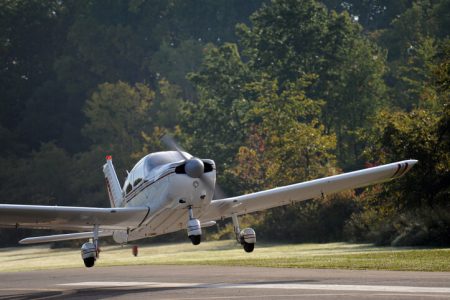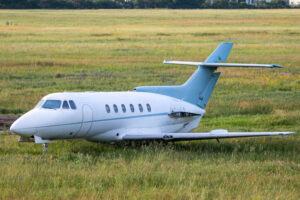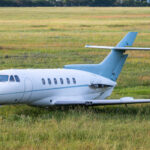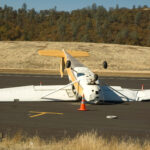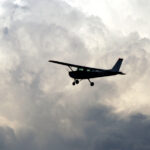Flight Training and Ground Reference Maneuvers to Master Wind
Primary flight training is more than just learning to control an airplane—it’s about learning to think like a pilot. One of the most overlooked but absolutely vital parts of early training is the set of ground reference maneuvers: turns around a point, rectangular course, S-turns across a road. While they might feel like “just another box to check” in the curriculum, these exercises build a pilot’s awareness of wind correction, aircraft positioning, and coordination—skills that can make all the difference in a busy traffic pattern or on final approach.
Understanding the Wind
Understanding what the wind is doing to your aircraft at all times is critical for maintaining control, especially during low-altitude operations. Wind affects your ground track, groundspeed, and angle of bank—and failing to compensate can lead to unsafe patterns, overshooting turns, or unstable approaches. Ground reference maneuvers force pilots to develop this awareness early, giving them real-time experience in adjusting for drift and managing turns in all quadrants of the compass.
These maneuvers simulate the challenges of flying a standard traffic pattern. When flying a rectangular course, for example, you’re essentially flying a pattern around an imaginary runway, learning how to compensate for a tailwind on downwind, a headwind on final, and crosswinds on base and upwind. Practicing these scenarios at altitude in a controlled environment gives student pilots the confidence and skill to anticipate what the wind will do on every leg of a real pattern.
Key skills developed through ground reference maneuvers:
- Wind drift correction using coordinated aileron and rudder input
- Adjusting bank angle and turn radius based on groundspeed
- Maintaining altitude and airspeed while multitasking
- Developing visual cues and reference points for alignment
- Building muscle memory for traffic pattern procedures
The goal isn’t to fly a “perfect circle” or a textbook rectangle—it’s to recognize how the wind influences the aircraft and learn how to work with it, not against it. This training sharpens your judgment and spatial awareness, preparing you for real-world variables like gusts, uneven terrain, or offset runways.
When practiced with intention, these maneuvers teach pilots to:
- Predict wind impact on every leg of the pattern
- Visualize the aircraft’s path over the ground
- Plan for smooth, coordinated entries into each phase of flight
- Stay ahead of the airplane instead of reacting to it
In the end, mastering ground reference maneuvers isn’t about checking off a requirement in flight training—it’s about becoming the kind of pilot who flies with precision, confidence, and foresight. And that starts with understanding the invisible hand of the wind, every step of the way.
RELATED CTS TRAINING
RELATED CTS TRAINING

